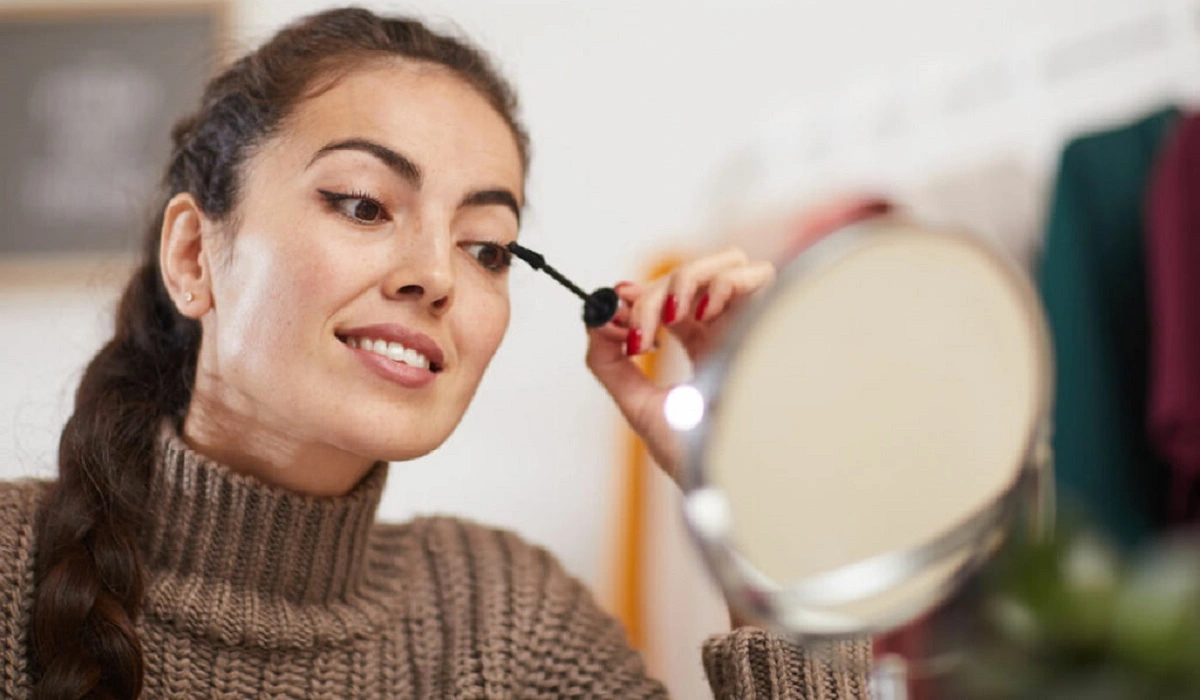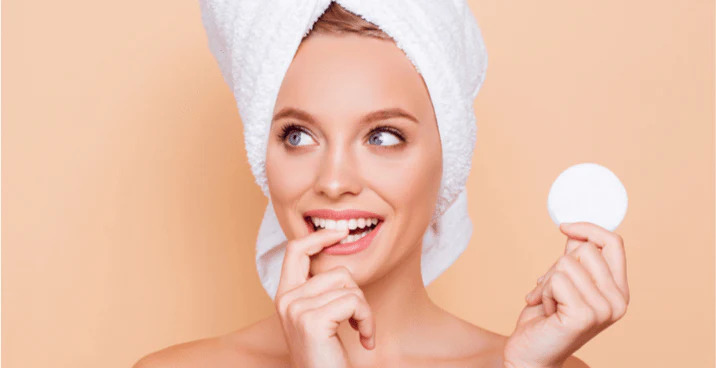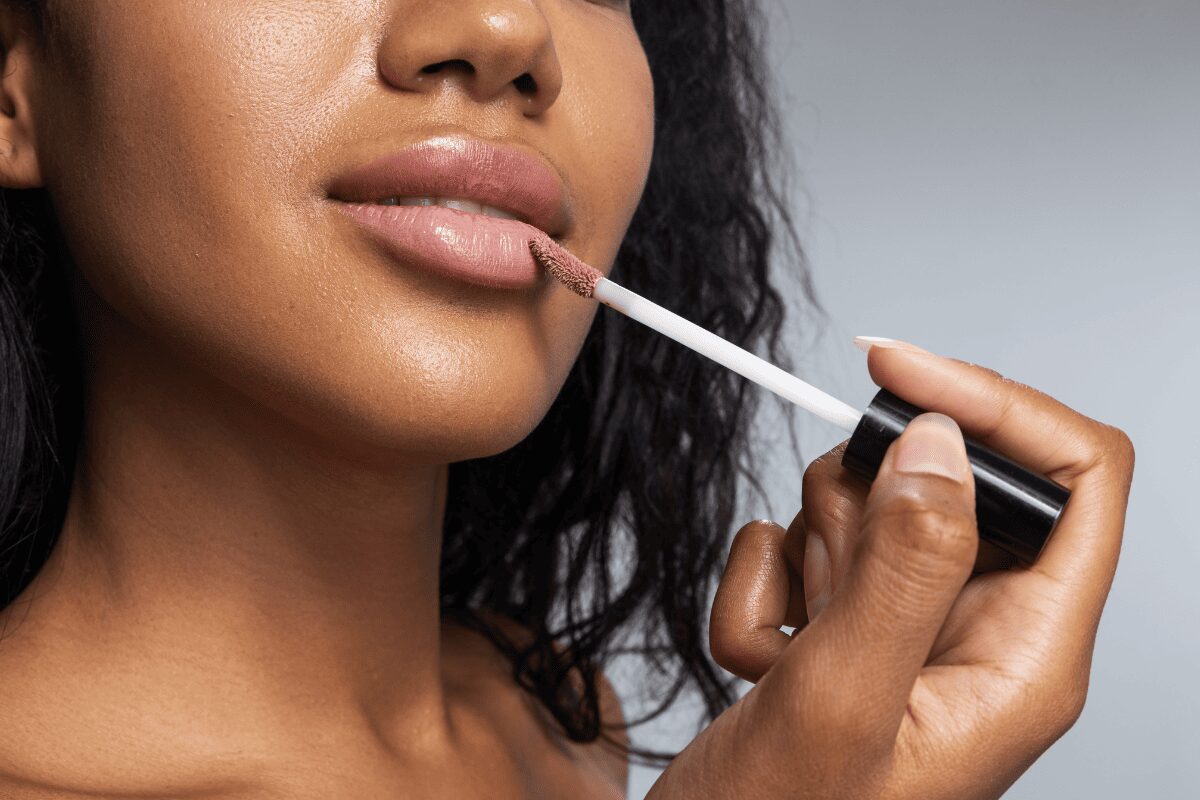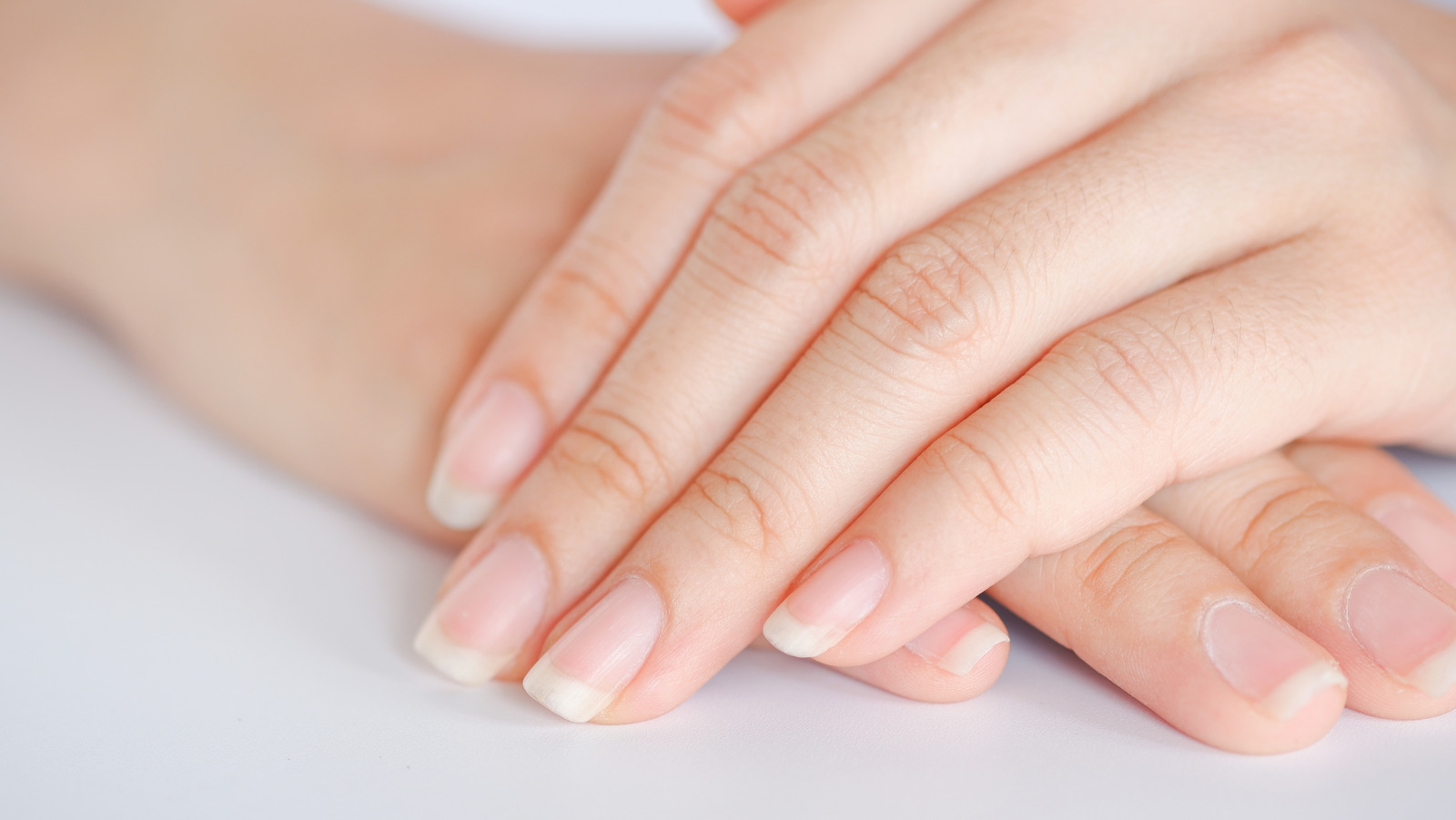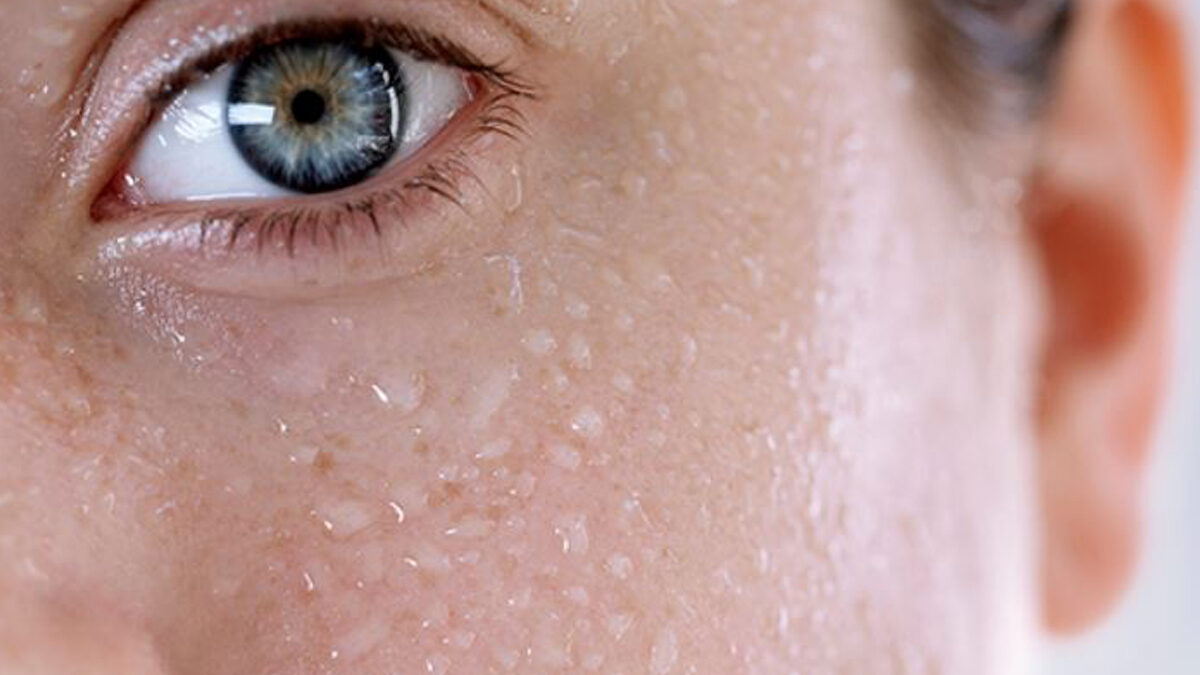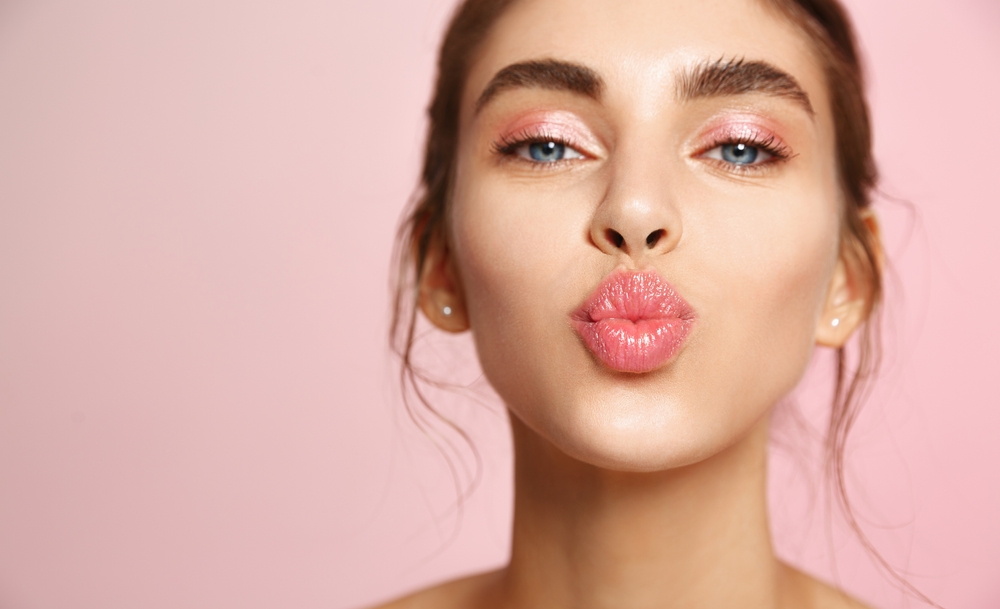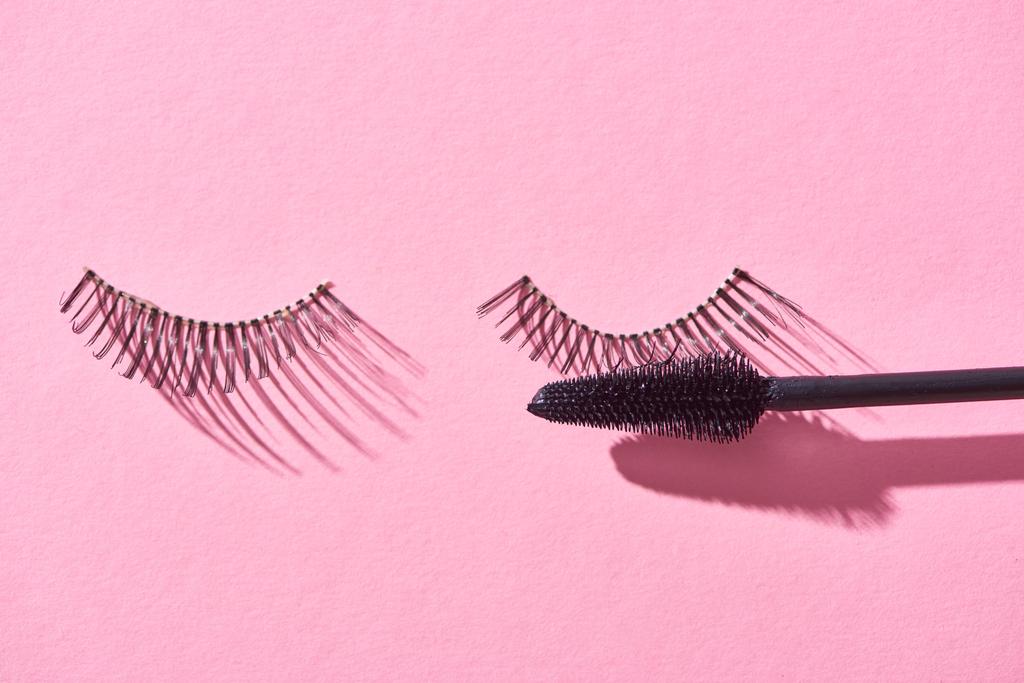
Silk eyelashes have become increasingly popular in the world of beauty and makeup. Known for their softness, durability, and natural appearance, silk eyelashes offer a luxurious alternative to traditional synthetic or mink eyelashes. In this article, we will delve into the world of silk eyelashes, exploring their features, benefits, and why they have gained recognition as a favored choice for enhancing the beauty of the eyes.
Understanding Silk Eyelashes:
Silk eyelashes are made from synthetic fibers that are designed to mimic the look and feel of natural eyelashes. These lashes are created using fine threads of synthetic silk, resulting in a soft, lightweight, and fluttery appearance. The synthetic silk fibers used in silk eyelashes are carefully crafted to closely resemble the texture and shine of real lashes, providing a natural and glamorous effect.
Softness and Comfort:
One of the standout features of silk eyelashes is their remarkable softness and comfort. The fine synthetic silk fibers offer a gentle touch against the skin, ensuring a comfortable wearing experience. Unlike some other types of false lashes, silk lashes are lightweight and flexible, allowing for easy application and a seamless blend with your natural lashes.
Durability and Longevity:
Silk eyelashes are known for their durability and longevity. The synthetic silk fibers used in their construction are resilient and can withstand regular wear and tear. When properly cared for, silk lashes can be reused multiple times, making them a cost-effective choice in the long run. With proper maintenance and storage, silk eyelashes can retain their shape and beauty for an extended period.

Natural-Looking Results:
One of the main reasons why silk eyelashes have gained popularity is their ability to deliver natural-looking results. The fine and tapered silk fibers closely resemble the texture and appearance of real lashes, creating a seamless blend with your natural lash line. Silk lashes provide a subtle enhancement, adding length, volume, and definition without appearing overly dramatic or artificial.
Versatility in Style:
Silk eyelashes come in a wide range of styles and designs, offering versatility to suit different eye shapes and personal preferences. From natural-looking lashes with a subtle lift to more dramatic and voluminous options, there is a silk lash style to complement any makeup look or occasion. Whether you prefer a natural everyday look or a glamorous evening aesthetic, silk eyelashes can be tailored to meet your desired effect.
Hypoallergenic and Suitable for Sensitive Eyes:
For individuals with sensitive eyes or those prone to allergies, silk eyelashes can be a great option. The synthetic silk fibers used in their construction are typically hypoallergenic, reducing the risk of irritation or adverse reactions. However, it is important to note that everyone’s sensitivity levels may vary, so it’s always advisable to conduct a patch test before using any new lash product.
Easy Application and Removal:
Silk eyelashes are user-friendly and easy to apply, even for beginners. Their lightweight nature and flexibility make them simple to maneuver and position along the lash line. The soft band of silk lashes allows for seamless blending and a comfortable fit. Similarly, silk eyelashes are easily removable without causing any damage to the natural lashes when done correctly.
Customizable and Blendable:
Silk eyelashes offer the advantage of being customizable and blendable to create your desired look. The individual silk lashes can be trimmed to fit your eye shape and preference, allowing for a more personalized and precise application. Additionally, silk lashes seamlessly blend with your natural lashes, giving the appearance of naturally full and fluttery lashes.
Easy Maintenance and Care:
Maintaining silk eyelashes is relatively simple. After each use, gently remove any adhesive residue and ensure they are clean and free from makeup. Store them properly in their original packaging or a designated lash case to maintain their shape. With proper care, silk lashes can be reused multiple times, making them a cost-effective choice.
Cruelty-Free Alternative:
For those who prioritize ethical beauty choices, silk eyelashes offer a cruelty-free alternative to mink lashes. Silk lashes are made from synthetic materials, ensuring that no animals are harmed in the process. They provide a guilt-free option for enhancing the beauty of your eyes while still achieving a luxurious and natural effect.
Silk eyelashes offer a luxurious and versatile solution for enhancing the beauty of your eyes. With their softness, durability, and natural appearance, silk lashes have gained recognition as a favored choice among beauty enthusiasts. Whether you seek a natural everyday look or a more glamorous aesthetic, silk eyelashes provide a comfortable and customizable option that seamlessly blends with your natural lashes. Experience the allure and elegance of silk lashes as they enhance your eyes and elevate your overall beauty regimen.

